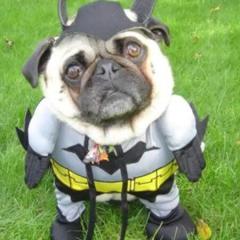Elgin Grade 315: Runs/stops with dial down/up
-
Recently Browsing
-
Topics
-
Posts
-
Hi! My name is David and I work on watches as a hobby in retirement. I got started about a year ago when I found a handful of broken watches in my late father’s belongings. It was an interesting mix of low to high end pieces, almost as if my father wanted to leave me an on-ramp to the hobby. I’ve worked on roughly a dozen so far, each a different movement and each with its own unique challenges. As a retired engineer, I enjoy building and fixing things so this is a great hobby for me.
-
You need as a minimum what's called hand levers to remove them and a hand press of some sort to refit them. So the first thing to confirm is if the HQ505.6L is correct. Does yours have a date at the 6 o'clock position, any photos would help.
-
Don't know of any watch repair shops, but HS Walsh have a shop in Hatton Garden. When in the West End I usually walk down New Bond Street, ogling in the windows at the very expensive watches 🤪 Also, if you haven't already been, the Science Museum now houses the collection from the "Worshipful Company of Clockmakers". Watches from 1600 to present. Some of those from the 1600s are incredible. Well worth a visit. I should also have mentioned the Royal Observatory at Greenwich, which among it's collection (including John Arnold, Thomas Earnshaw and Thomas Tompion) have, what is to me, THE ultimate watch - Harrison's H4. The most important watch ever made? What's it worth? I think all watchmakers should make the pilgrimage and pay homage to it 😍
-
Thanks for the info JM! After looking at the stem, I don't think there is metal loss so I might just be in luck 🙂 In case I do need a new Stem crown, who is your mystical source if I can ask?






Recommended Posts
Join the conversation
You can post now and register later. If you have an account, sign in now to post with your account.
Note: Your post will require moderator approval before it will be visible.